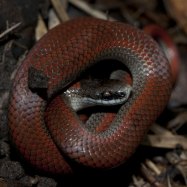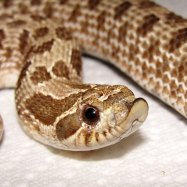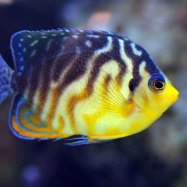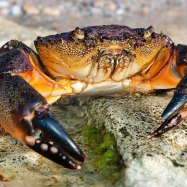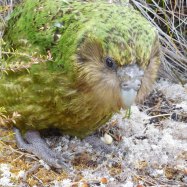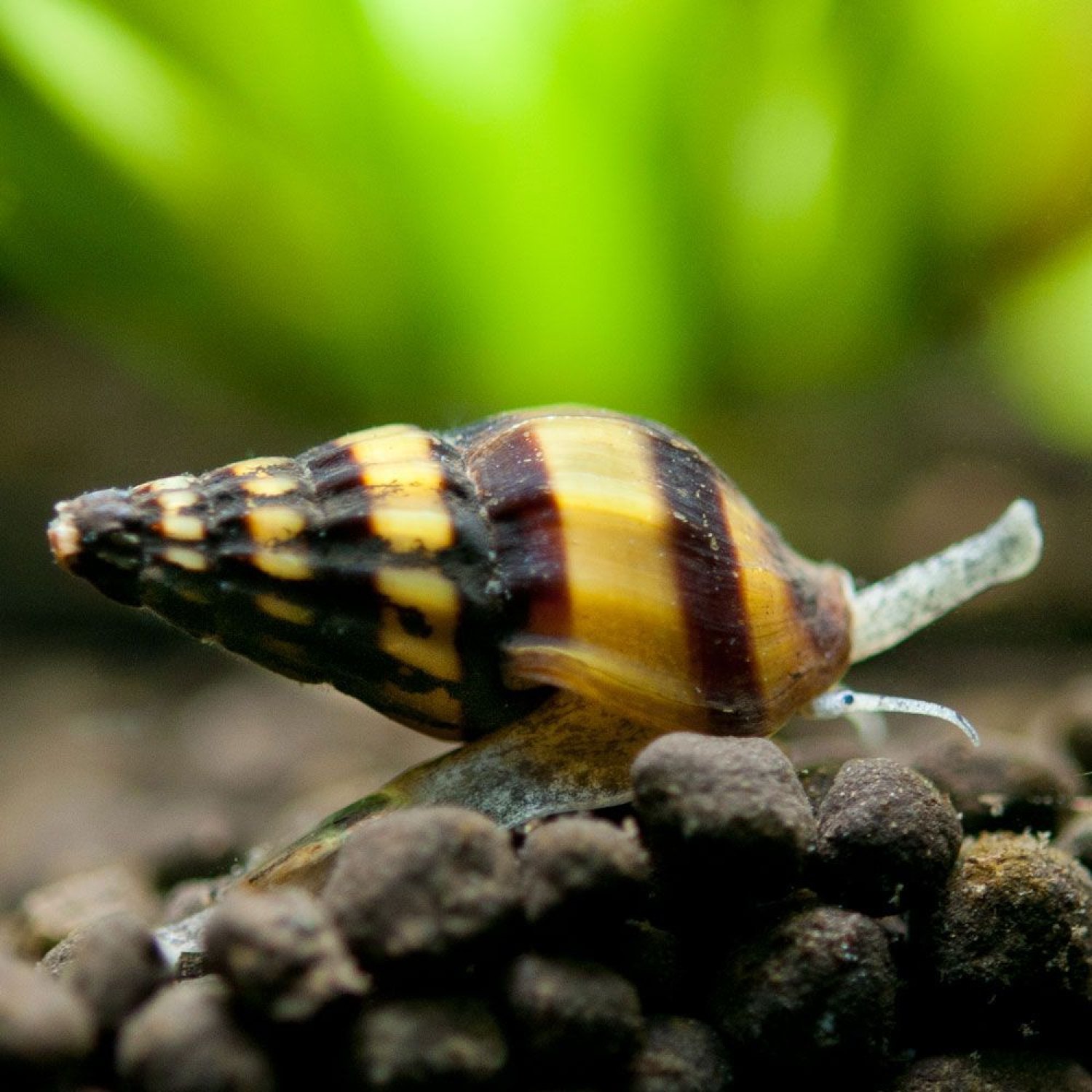
Assassin Snail
2-3 cm
Assassin Snail, also known as the Hawayan Assassin Snail, is a fascinating creature found in rivers, ponds, and streams. Its spindle-shaped body, measuring 2-3 cm, makes it look like a stealthy killer. Its scientific name, Cerithiidae, reflects its predatory nature. Keep an eye out for this cool critter in the waters near you. #AssassinSnail #RiverCreature #UnderwaterWorld
Animal Details Summary:
Common Name: Assassin Snail
Kingdom: Animalia
Habitat: Freshwater, brackish water
The Mighty Assassin Snail: A Master of Stealth and Survival
Amidst the vibrant coral reefs and bustling tropical forests of Southeast Asia, there exists a small but mighty creature that is a force to be reckoned with - the Assassin Snail. This inconspicuous creature, also known by its scientific name Anentome helena, has captured the fascination of many aquarists and animal enthusiasts due to its unique qualities and remarkable abilities.An Introduction to the Assassin Snail
The Assassin Snail, also commonly referred to as Clea helena, is a species of freshwater snail that belongs to the kingdom Animalia and phylum Mollusca. It is a member of the Gastropoda class, which includes snails and slugs, and the order Neotaenioglossa, which consists of sea snails and some freshwater snails Assassin Snail.This small but deadly snail has a spindle-shaped body, with a length of approximately 2-3 cm. Its coloration ranges from a pale yellowish hue to a darker brown or black. However, what makes this creature truly stand out is its shell, which is adorned with swirls and stripes of strikingly beautiful golden brown and black colors.
The Assassin Snail is a slow-moving creature that is a native to the freshwater and brackish water habitats of Southeast Asia. It can be found in countries such as Indonesia, Malaysia, and Thailand, where it inhabits rivers, ponds, and streams. Its natural habitat is often characterized by swift currents and rocky substrates, where it can easily hide and hunt for prey.
The Deadly Hunger of the Assassin Snail
As the name suggests, the Assassin Snail is a carnivorous creature that is on a constant hunt for its prey. Its primary diet consists of other snails and soft-bodied invertebrates. While it may seem like a small and unassuming creature, it is a master of stealth and survival, with its ferocious appetite and ability to take down prey larger than itself African Tree Toad.The Assassin Snail's method of hunting is truly remarkable - it waits in hiding, and once it detects the scent of prey, it shoots out its long, flexible proboscis to capture its target quickly. This proboscis is essentially a retractable tube-like mouthpart that is used to pierce the shells of snails and suck out their soft tissues.
What sets the Assassin Snail apart from other predatory creatures is its ability to devour snails with shells. This makes it an invaluable addition to many aquariums, as it can aid in controlling the population of unwanted snails.
Adapting to Different Environments
One of the most fascinating characteristics of the Assassin Snail is its ability to adapt to different environments. While it is a primarily freshwater creature, it is known to thrive in mildly brackish water as well. This adaptability makes it a hardy and versatile species that can survive in various aquarium setups.Moreover, the Assassin Snail's predator skills also come in handy in its natural habitat. As a freshwater animal, it is often faced with the challenge of low calcium levels, which are essential for shell growth. To overcome this, the Assassin Snail has evolved to feed on other snails, which provide a source of calcium for its own shell development.
Additionally, it has been observed that the Assassin Snail can also survive in areas with low oxygen levels. In these situations, it has the ability to extend its proboscis out of the water to breathe, similar to a snorkel, to ensure its survival.
The Fascinating World of Assassin Snail Reproduction
The Assassin Snail's reproductive behavior is quite remarkable and has intrigued scientists and researchers for many years. Like other snails, they are hermaphroditic, meaning they possess both male and female reproductive organs. However, they still require a partner to reproduce.During the breeding season, the Assassin Snail will release pheromones to attract a mate. Once they have found a partner, they will engage in a unique mating ritual, where they climb on top of each other and align their reproductive organs for fertilization to take place.
After fertilization, the female Assassin Snail will lay her eggs in a gel-like capsule attached to a hard surface, such as a rock or plant. The eggs will hatch after a few weeks, and the young snails will emerge, ready to begin their journey as stealthy assassins.
In Conclusion
The Assassin Snail may seem like a diminutive creature, but it is one that has captured the interest and admiration of many. With its unique qualities, from its stunning shell to its deadly hunting skills, this creature is a true marvel of nature.Whether in its natural habitat or in the controlled environment of an aquarium, the Assassin Snail continues to thrive and adapt, showcasing its incredible abilities as a master of stealth and survival. As a lover of animals and nature, one cannot help but be captivated by the remarkable world of the tiny, but mighty, Assassin Snail.

Assassin Snail
Animal Details Assassin Snail - Scientific Name: Anentome helena
- Category: Animals A
- Scientific Name: Anentome helena
- Common Name: Assassin Snail
- Kingdom: Animalia
- Phylum: Mollusca
- Class: Gastropoda
- Order: Neotaenioglossa
- Family: Cerithiidae
- Habitat: Freshwater, brackish water
- Feeding Method: Carnivorous
- Geographical Distribution: Southeast Asia
- Country of Origin: Indonesia, Malaysia, Thailand
- Location: Rivers, ponds, and streams
- Animal Coloration: Yellowish to dark brown or black
- Body Shape: Spindle-shaped
- Length: 2-3 cm
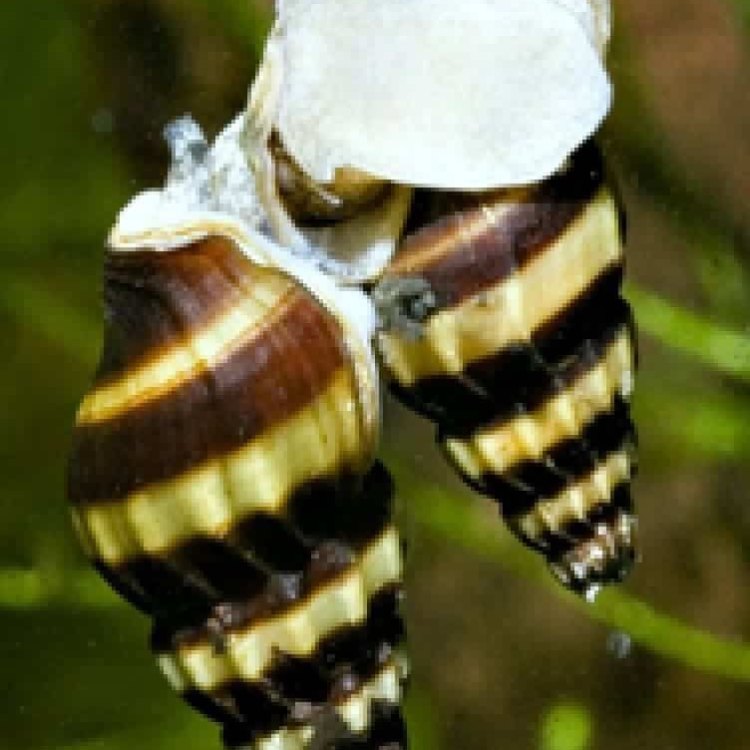
Assassin Snail
- Adult Size: 2-3 cm
- Average Lifespan: 2-3 years
- Reproduction: Sexual
- Reproductive Behavior: Egg-laying
- Sound or Call: None
- Migration Pattern: None
- Social Groups: Solitary
- Behavior: Nocturnal, predatory
- Threats: Habitat destruction, pollution
- Conservation Status: Not evaluated (NE)
- Impact on Ecosystem: Control of snail populations
- Human Use: Aquarium pet
- Distinctive Features: Pointed shell, long siphon
- Interesting Facts: Assassin snails are often used in aquariums to control snail populations.
- Predator: None
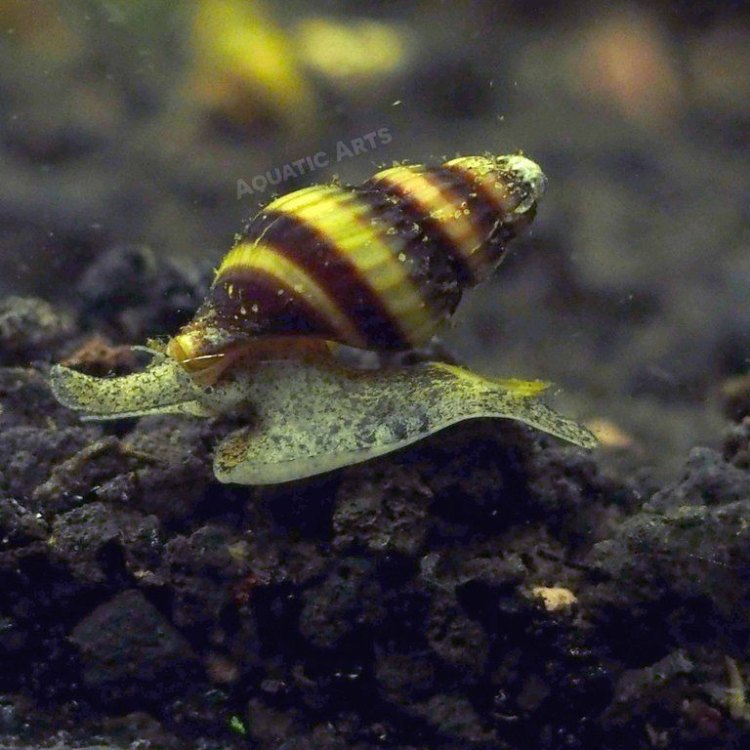
Anentome helena
The Fascinating World of Assassin Snails
In the world of aquatic creatures, there exists a unique and intriguing species known as the Assassin Snail. These small but mighty creatures have captured the attention of aquarium enthusiasts and researchers alike with their distinctive features, behavior, and impact on the ecosystem. Let us embark on a journey into the fascinating world of this mysterious creature.Assassin Snails, also known as Clea helena, are found in freshwater bodies, primarily in Asia PeaceOfAnimals.Com. They are typically 2-3 cm in size when fully grown, making them a popular choice for aquarium owners. While they are often used for their pest control abilities, there is much more to these snails than meets the eye.
These snails have an average lifespan of 2-3 years, making them relatively short-lived in comparison to other aquatic species. However, their reproductive behavior is quite interesting. They are sexual reproducers, and the female lays a single egg at a time, which is then fertilized by the male. These eggs are usually laid on plant leaves or any other surface close to the water's surface.
Interestingly, Assassin Snails do not have a sound or call, which is a unique characteristic for most aquatic species. They also do not migrate, unlike other marine creatures. These snails are solitary beings and do not form social groups Arctic Hare. They prefer to live and hunt alone, which brings us to their behavior.
As nocturnal creatures, Assassin snails are most active at night, hunting and feeding on their prey. They are predatory creatures, and their diet consists mainly of other snails, earning them their name "Assassin" snails. They use their long siphon to detect prey, and once they have spotted it, they use their pointed shell to attack and consume their victim.
Assassin Snails face several threats in their natural habitat, primarily due to human activities. Habitat destruction and pollution pose a significant risk to these creatures' survival. As they are found in freshwater bodies, any pollution or destruction of their habitat can have a devastating impact on their population. In some countries, they are also used as a food source, further endangering their existence.
Unfortunately, due to their geographic location and limited research, the conservation status of Assassin Snails is not evaluated (NE). This lack of evaluation and protection makes them an extremely vulnerable and fragile species, and it is crucial to raise awareness about their conservation.
Apart from their role in the ecosystem, Assassin Snails also have a significant impact on the aquarium world. Many aquarium enthusiasts and dealers use these snails to control snail populations in their aquariums. They are known to be effective in controlling snail numbers, making them a popular choice for aquarium pets.
What makes Assassin Snails stand out from other snail species is their distinctive features. As mentioned earlier, they have a pointed shell, which is a unique shape among snails. This pointed shape helps with their predatory behavior as they use it to attack and consume their prey. Additionally, their long siphon is also a distinctive feature that helps them locate their prey.
While Assassin Snails have a reputation for being skilled hunters and controlling snail populations, they too have a natural predator - none other than humans. With their popularity as aquarium pets, these snails face a risk of overharvesting, which can lead to a decline in their population. Therefore, it is crucial to ensure responsible ownership and sourcing of these creatures to maintain a healthy and sustainable population.
As we delve deeper into the world of Assassin Snails, we come across some interesting facts about these creatures. Did you know that their unique predatory behavior has earned them the nickname "lion snails" in some parts of Asia? They are also known to have a voracious appetite and can devour several snails in a day, making them a valuable asset in controlling snail populations.
In conclusion, the world of Assassin Snails is a fascinating one, filled with interesting characteristics and vital roles in the ecosystem and the aquarium community. However, their fragile existence due to various threats calls for more research, awareness, and protection to ensure their survival for generations to come. So the next time you spot an Assassin Snail in your aquarium or in the wild, take a moment to appreciate and understand this unique and valuable creature.
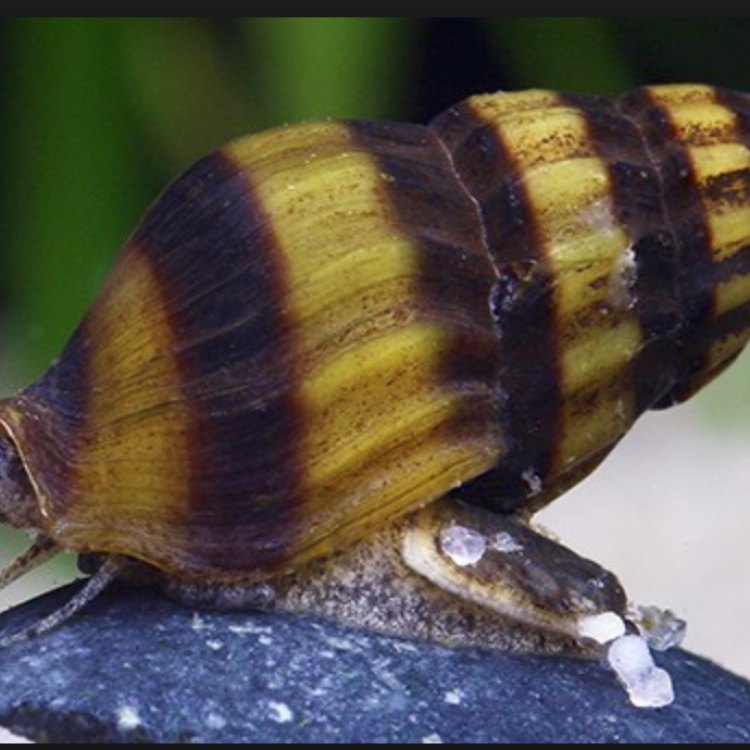
The Mighty Assassin Snail: A Master of Stealth and Survival
Disclaimer: The content provided is for informational purposes only. We cannot guarantee the accuracy of the information on this page 100%. All information provided here may change without prior notice.


